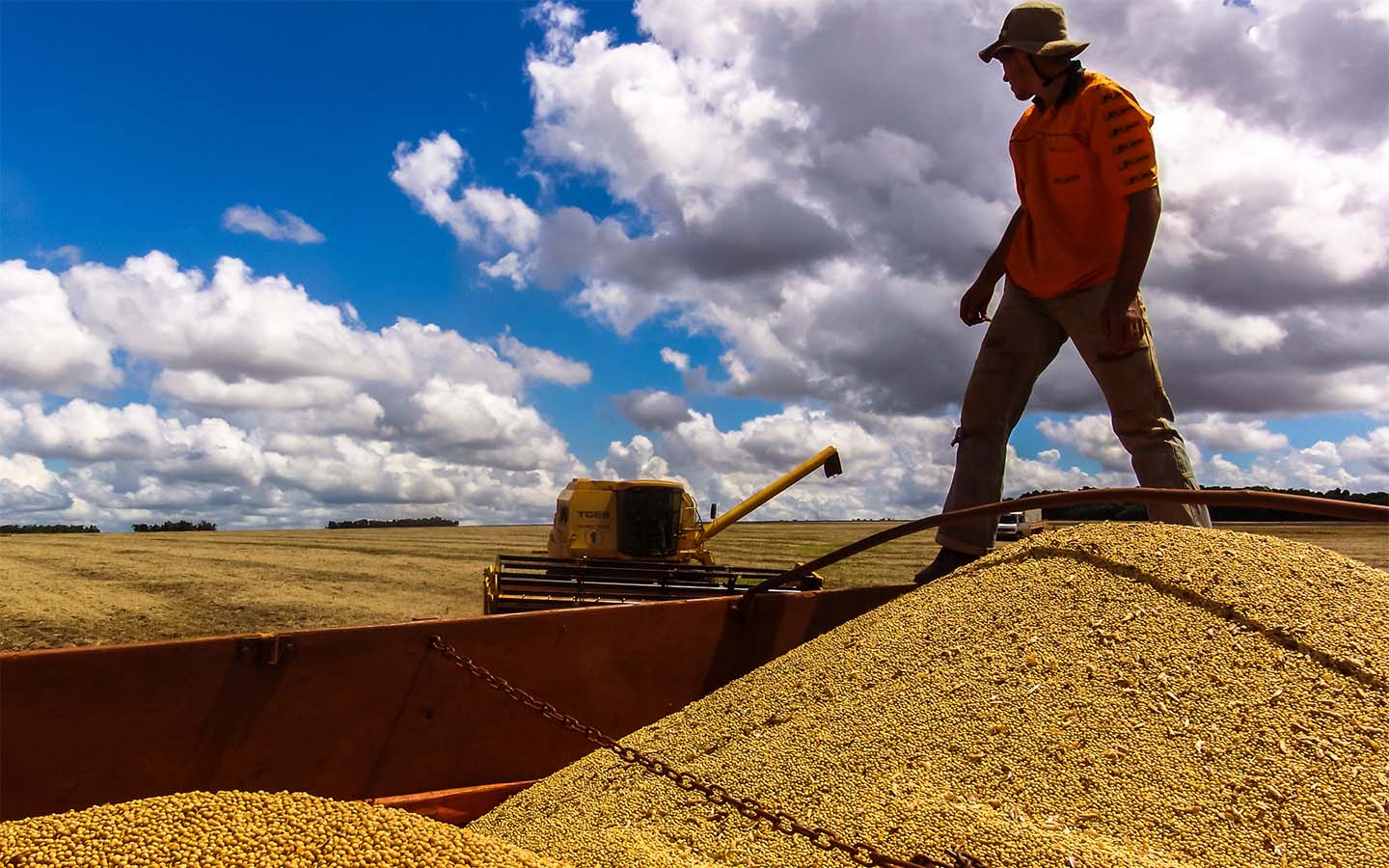Only one country on Earth is currently capable of supplying all the food it needs, according to a new study on national self-sufficiency, reports BBC Science Focus.
Supply-chain shocks during the Covid pandemic, grain shortfalls following the outbreak of war in Ukraine, climate change-fuelled droughts and heatwaves – global food supplies face a multitude of threats that have renewed discussions around self-sufficiency.
Published in Nature Food, and cited by BBC Science Focus, the study evaluated each country’s capacity to achieve dietary guidelines based solely on domestic production, breaking it down into seven essential food groups: fruits, vegetables, dairy, meat, fish, plant-based protein and starchy staples.
Over a third of all countries fail to achieve self-sufficiency for more than two groups. Low self-sufficiency and overdependence on a few countries for imports, the authors write, threaten their capability to respond to global shocks, particularly for smaller states.
Only Guyana, a small country on the northern Atlantic coast of South America, rates as self-sufficient on all seven food groups. China and Vietnam came close, with six each. Both fall short on dairy, one of two areas along with meat, which nearly two-thirds (65 percent) of countries are overproducing compared to the population’s dietary needs.
Most of the countries falling short on meat are in sub-Saharan Africa, the continent as a whole facing significant shortfalls on dairy on par with Oceania, with 82 percent and 83 percent of countries, respectively, not meeting dairy needs.
Fish and seafood self-sufficiency is particularly rare with only one in four countries meeting their needs and a majority (60 percent) unable to cover even half of their fish needs.
[See more: In a bid for food security, China develops high-protein corn]
Other categories see around half of countries achieving self-sufficiency, including starchy staples (45 percent), legumes, nuts and seeds (46 percent) and fruits (47 percent) while far fewer (24 percent) achieve the same for vegetables.
Most countries self-sufficient in vegetable production are in the Mediterranean and Central Asia, while nearly all of sub-Saharan Africa (91 percent) falls short. Fruit self-sufficiency tends to be concentrated in South America and the Caribbean, while all Northern European countries fail to cover even half of their fruit needs.
Insufficiency in starchy staples is more widespread, affecting key regions including Western Asia, the Middle East and North Africa, the Caribbean and Central America, where only one country (Dominica) achieves self-sufficiency.
Just one in seven countries achieves self-sufficiency in five or more categories, most of which are in South America and Europe. Small island states, low-income countries and those on the Arabian Peninsula are almost the least self-sufficient.
The study authors rated five countries as not achieving self-sufficiency in any food group: Afghanistan, United Arab Emirates, Iraq, Qatar and Yemen. Macao, which authors acknowledge is a Special Administrative Region of China but rank separately, also falls into the least self-sufficient category.
“Low self-sufficiency is not inherently bad,” Dr Jonas Stehl, a researcher at Göttingen and first author of the study, told BBC Science Focus. “There are valid and often beneficial reasons why a country may not produce the majority of the food it needs.”
Conditions may be poor for agriculture, or importing food from areas with better conditions may be more cost-effective. However, he cautioned, “low levels of self-sufficiency can reduce a country’s capability to respond to sudden global food supply shocks such as droughts, wars or export bans.”






